Pastiches ‘R’ Us (And My Two-Year Anniversary): Conan the Renegade
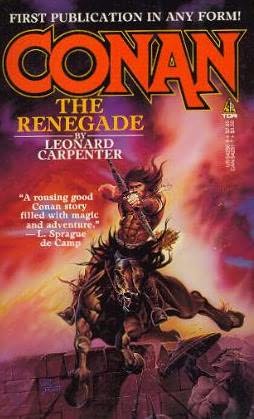 Conan the Renegade
Conan the Renegade
Leonard Carpenter (Tor, 1986)
Salutations, lovers of blood and thunder and me babbling about Frederick Faust! This week marks my second anniversary as a blogger on Black Gate. I’ve now held down the Tuesday spot for two years, and I believe that this missive you are now reading is my 104th post (I missed one week, but did a double-post another week during an REH birthday celebration).
Do you know what I am going to do to celebrate? I’m going to do the exact same thing I did on my first post . . . review a Leonard Carpenter Conan pastiche novel! Because I pride myself on my ability to change and adapt with the times.
Leonard Carpenter debuted on the Conan series with Conan the Renegade, which can be summed up in two words: “mercenary adventure.” Military action takes precedence over magic and wonder; most of the story unfolds in a small area around Koth and the bordering kingdom of Khoraja (seen in “Black Colossus,” which Conan the Renegade closely follows in the chronology that Tor Books was using for the pastiches at the time), and Conan’s adventuring mostly occurs within his role as a military leader and tactician. Carpenter does toss in a few horrific fantasy events, such as an unusual combat sorcerer and an ancient dungeon copied right out of “The Scarlet Citadel,” but readers who want a dark fantasy Conan should look elsewhere. Like, uhm, “The Scarlet Citadel.”
The warfare tale follows Conan to the Kothian city of Tantusium where he joins the Free Company of the mercenary captain Hundulph. Hundulph’s men are in the pay of Ivor, a Kothian prince who has risen in revolt against his uncle King Strabonus. Among the other mercenary captains rides the enticing warrior woman Drusandra, who leads an all-female band. Conan has suspicions of Ivor’s sorcerer Agohoth, a Khitan-trained wizard. This is very weird, since Conan never has suspicions about sorcerers.
 The Outlaws of Sherwood, by Robin McKinley
The Outlaws of Sherwood, by Robin McKinley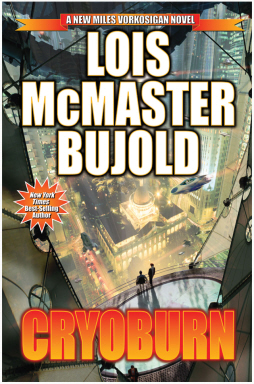

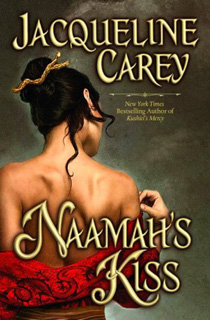
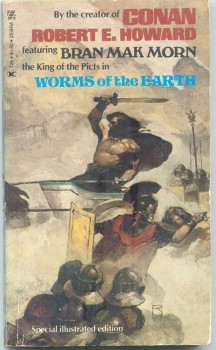 “Worms of the earth, back into your holes and burrows! Ye foul the air and leave on the clean earth the slime of the serpents ye have become! Gonar was right—there are shapes too foul to use even against Rome!”
“Worms of the earth, back into your holes and burrows! Ye foul the air and leave on the clean earth the slime of the serpents ye have become! Gonar was right—there are shapes too foul to use even against Rome!” I believe everyone has something that unnerves them, which is not in your typical things-that-are-scary category. We’ve already agreed that clowns and little kids with blank stares rank high on the creepy index, but there are other more benign items that cause the hair on the back of our necks to stand up, mainly because they exist on the outside of the everyday.
I believe everyone has something that unnerves them, which is not in your typical things-that-are-scary category. We’ve already agreed that clowns and little kids with blank stares rank high on the creepy index, but there are other more benign items that cause the hair on the back of our necks to stand up, mainly because they exist on the outside of the everyday.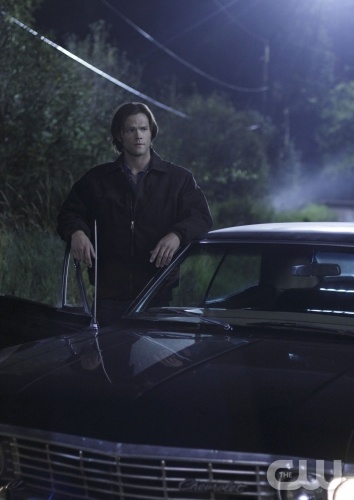
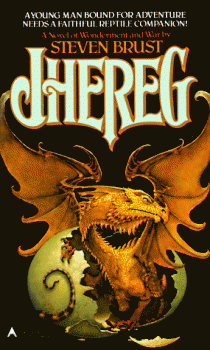 Jhereg
Jhereg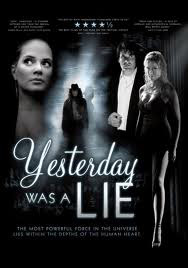 “Yesterday Was A Lie” is an indie film that indulges in experimental exposition right out of the gate.
“Yesterday Was A Lie” is an indie film that indulges in experimental exposition right out of the gate.